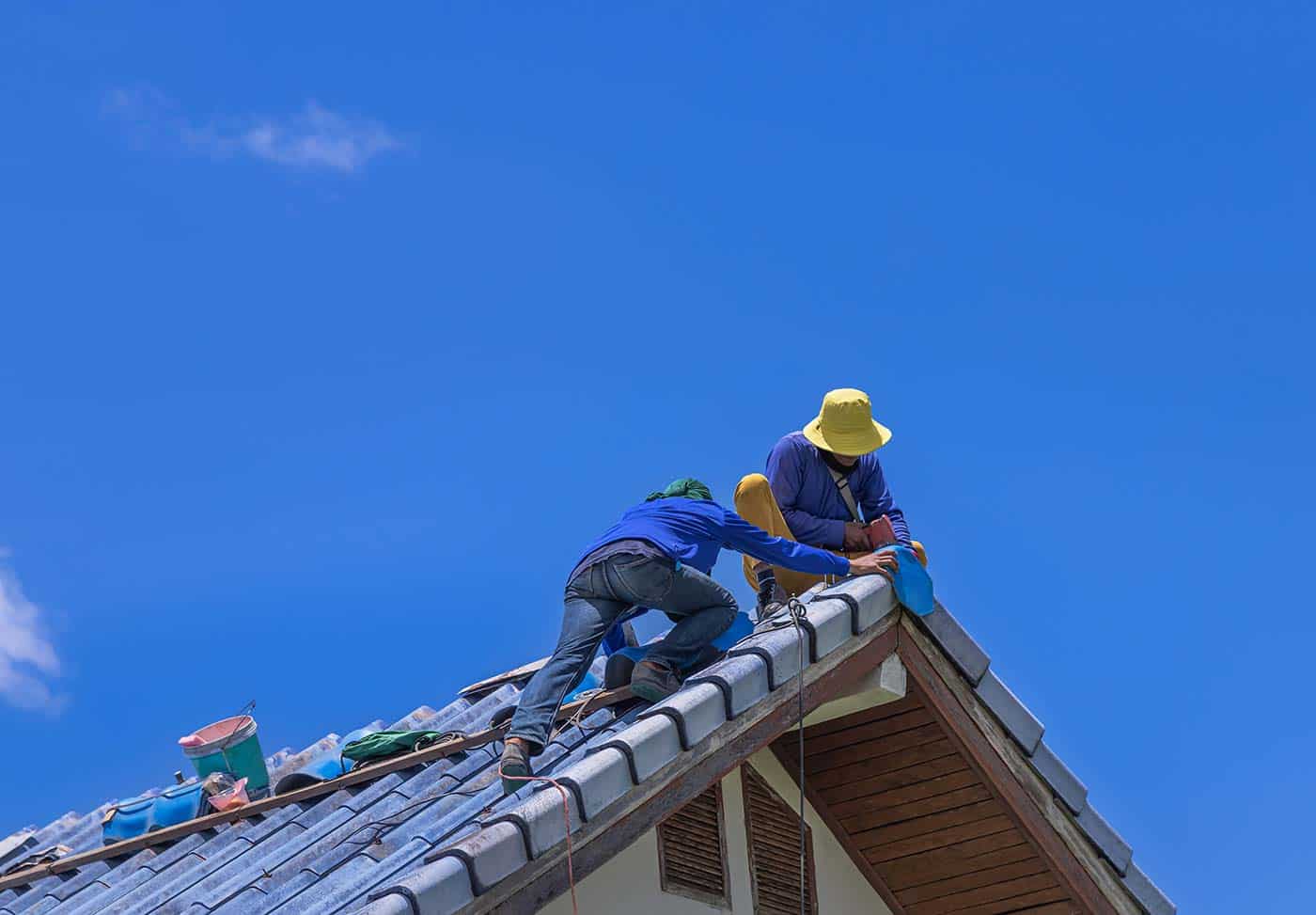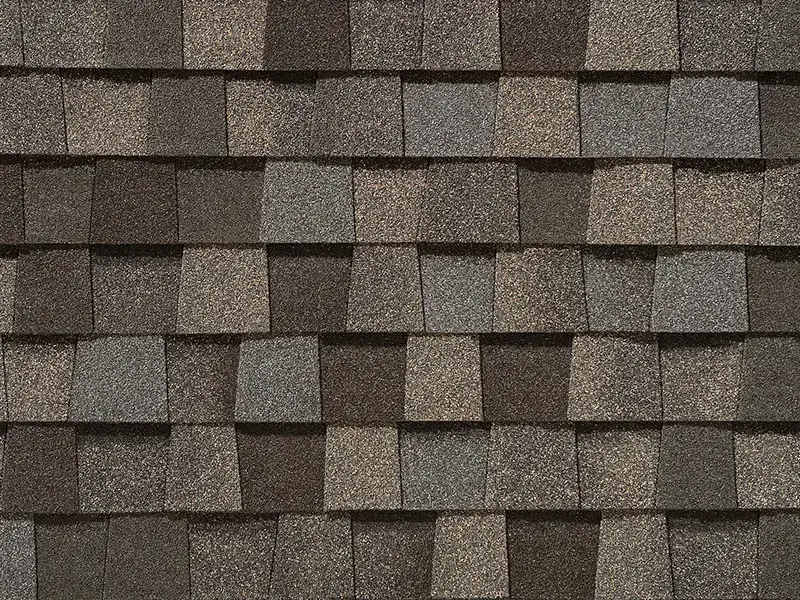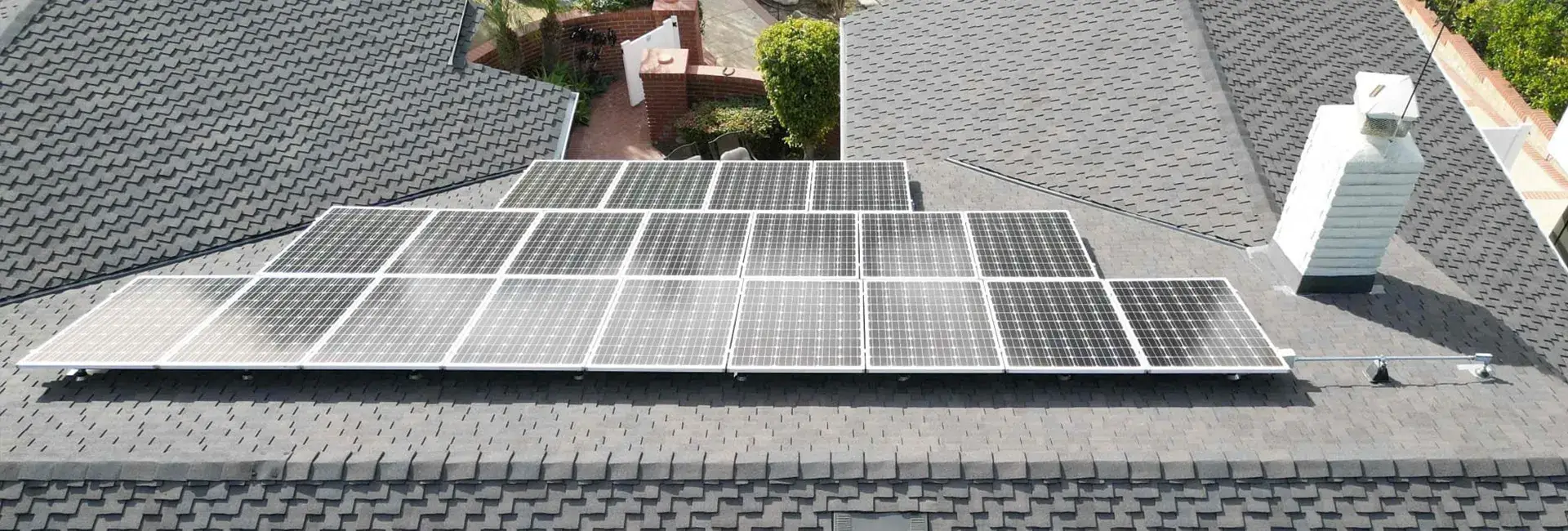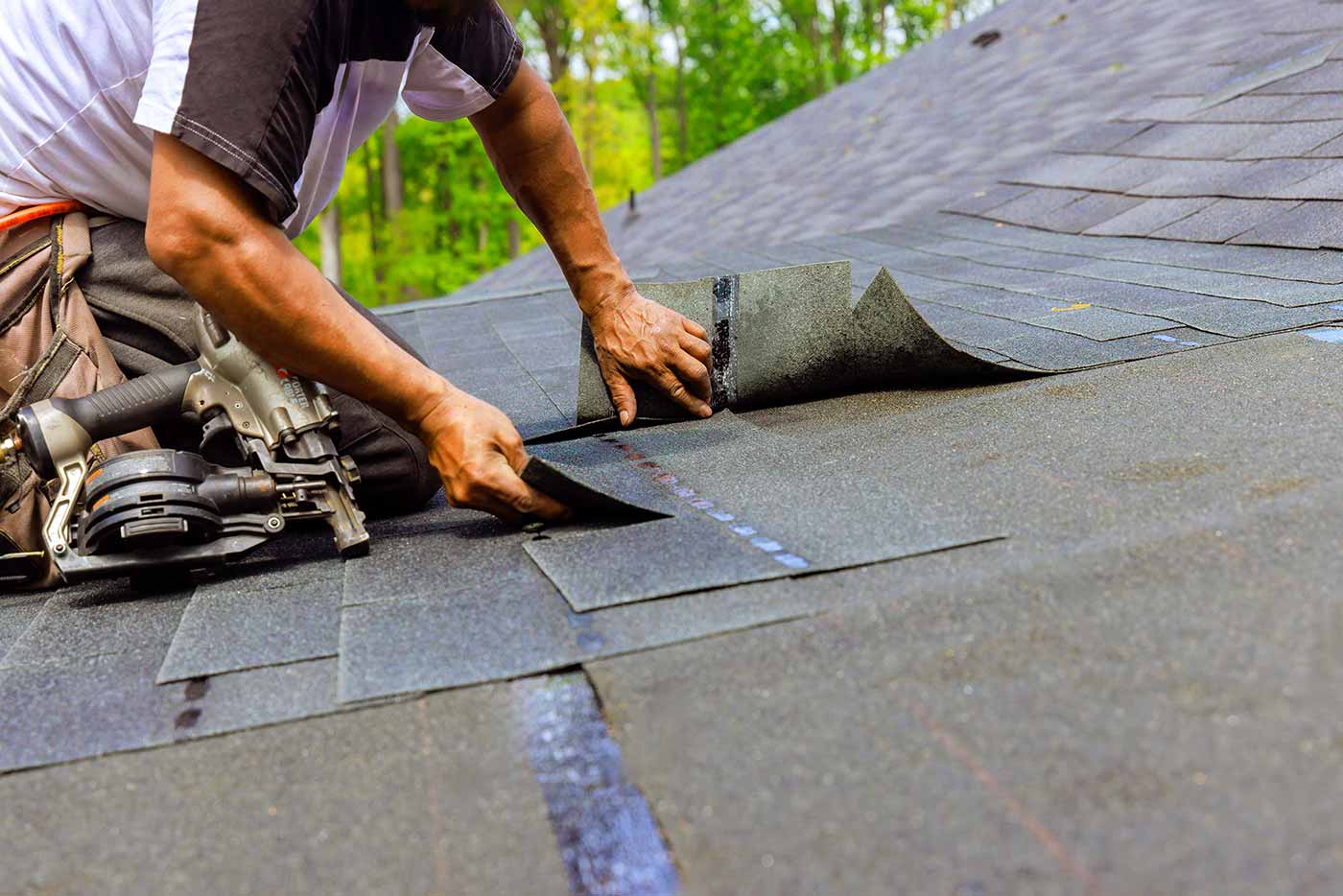In this guide, we’ll cover how often to replace a roof, what affects roof replacement costs, and how to choose the right roof material for your home.
How Often Should You Replace Your Roof?
Knowing how often to replace a roof depends on the type of roof you have. Different materials have different lifespans:
Keep in mind that other parts of your roofing system – like underlayment – may have a shorter life. If your roof is nearing the end of its lifespan or showing significant wear, it may be time to inspect your roof for potential replacement.
Signs It’s Time to Replace Your Roof
How do you know it’s time to replace your roof? Here are some common indicators:
- Signs of Damage: Cracked or missing shingles or tiles, curling edges, or bald spots.
- Interior Water Damage: Leaks or stains on your ceiling can mean the roof deck is compromised.
- Standing Water: Small puddles of water on your roof after rains indicate poor drainage and structural issues.
- Sagging Roof: A visible dip in your roofline often signals structural issues.
- Frequent Roof Repairs: If you’re constantly patching leaks, replacement might be more cost-effective.
Regular maintenance and inspections by a professional roofing contractor can help you catch these problems early.
What Affects Roof Replacement Costs?
Several factors influence the final price of replacing your roof, including:
- Roof Material: The type of roof you choose plays a big role in the cost. Shingled roofing is generally more affordable, while metal roofs or tile roofs come with higher materials costs but offer longer lifespans.
- Labor Costs: The complexity of your roof—such as its pitch, size, and shape—affects labor costs. A steep or intricate roof requires more time and expertise to replace.
- Roof Deck Repairs: If your roof has suffered water damage or rot, repairs to the roof deck will add to the overall expense.
- Additional Factors Including: The size of your roof, local permits or regulations, and disposal fees for old roofing materials.
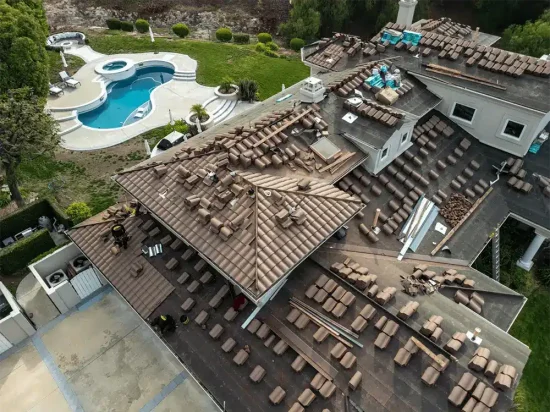
Steps in the Roof Replacement Process
- Inspection: Your roofing contractor will evaluate the roof’s condition and provide a detailed estimate.
- Removing Old Roofing: The existing shingles or other roofing materials are removed to inspect the roof deck.
- Deck Repairs: Any damaged or rotted areas are fixed.
- New Roof Installation: The chosen roof material is installed, whether it’s shingles, metal, tile, or slate (or another roofing material).
- Cleanup: Old materials are removed, and the site is cleaned, leaving your home protected.
- Final Inspection: If you live in an area that requires permits, there are typically two inspections. The first inspection must be completed after your old roof has been torn off but before the roofing contractor puts new material back on. The final inspection is at the end of the project. The inspector will come out to assess the work and sign off on the permit or alert the roofing contractor to any needed corrections.
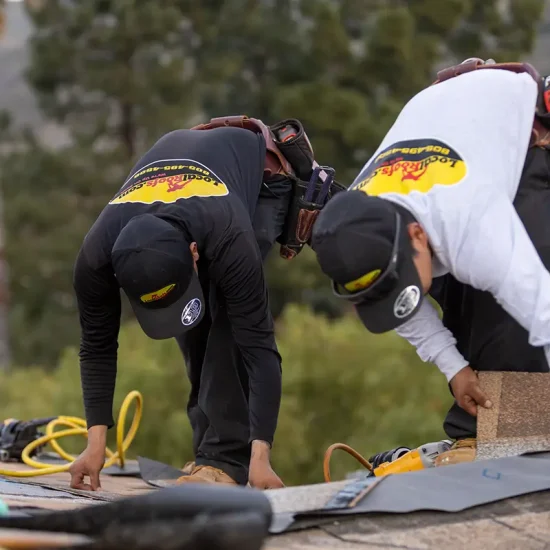
Choosing the Right Roof Material
The best roof material for your home depends on your budget, climate, and style preferences:
- Shingled Roofing: Affordable and versatile, great for most homes.
- Metal Roofs: Durable, long-lasting, and energy efficient.
- Tile or Slate Roofs: More expensive but highly durable and visually appealing.
Discuss your options with a roofing company to determine the right fit for your home.
Why Regular Inspections Matter
Even if you’re not ready to replace your roof, regular inspections are essential for protecting your home. A professional contractor can spot small issues like missing shingles or minor leaks before they turn into major problems. This can save you money on roof repairs and extend your roof’s lifespan.
How to Choose the Right Roofing Company
Replacing a roof is a significant project, so hiring the right roofing contractor is crucial. Look for a company with:
- Experience with your chosen type of roof.
- Clear, upfront pricing for roof replacement costs.
- Excellent customer reviews and warranties.

For essential questions to ask, here’s a guide to finding a good roofing company.
The Bottom Line
Knowing how often to replace a roof and recognizing the signs of damage are key to keeping your home safe and secure. While roof replacement costs may seem overwhelming, investing in the right roof material and a skilled roofing contractor ensures your home is protected for years to come.
Ready to start your roofing project? Call for your free estimate at 805-262-8962 or book an appointment online today. Let’s keep your home safe, stylish, and strong!
